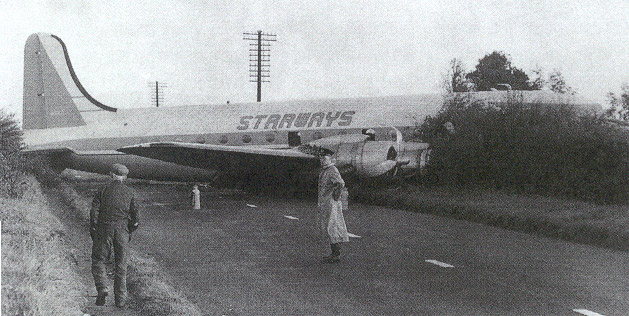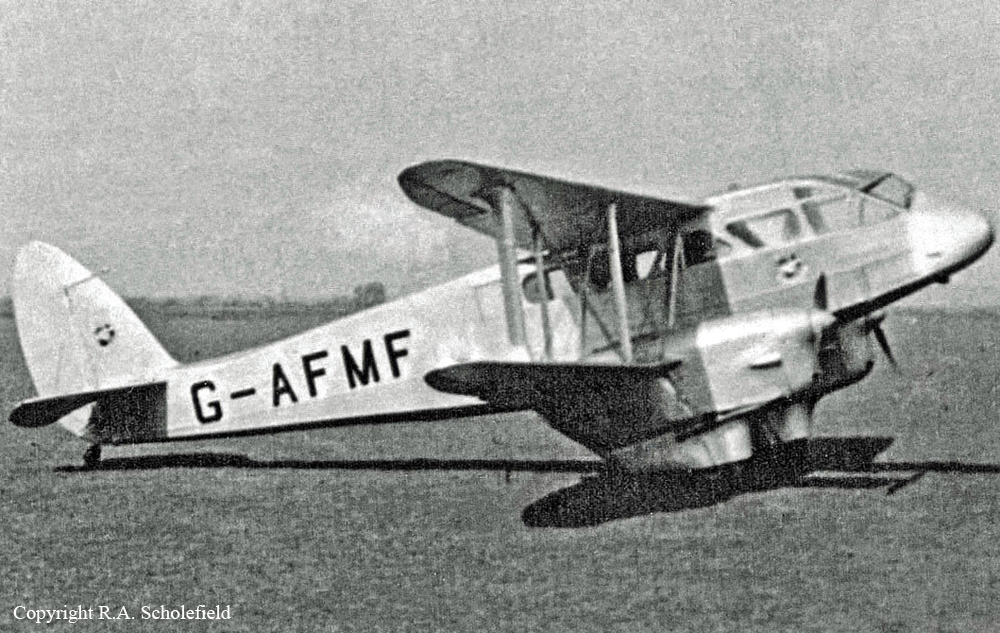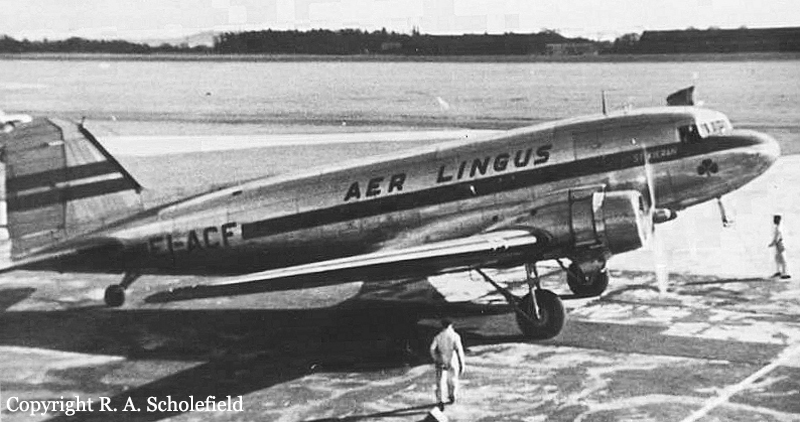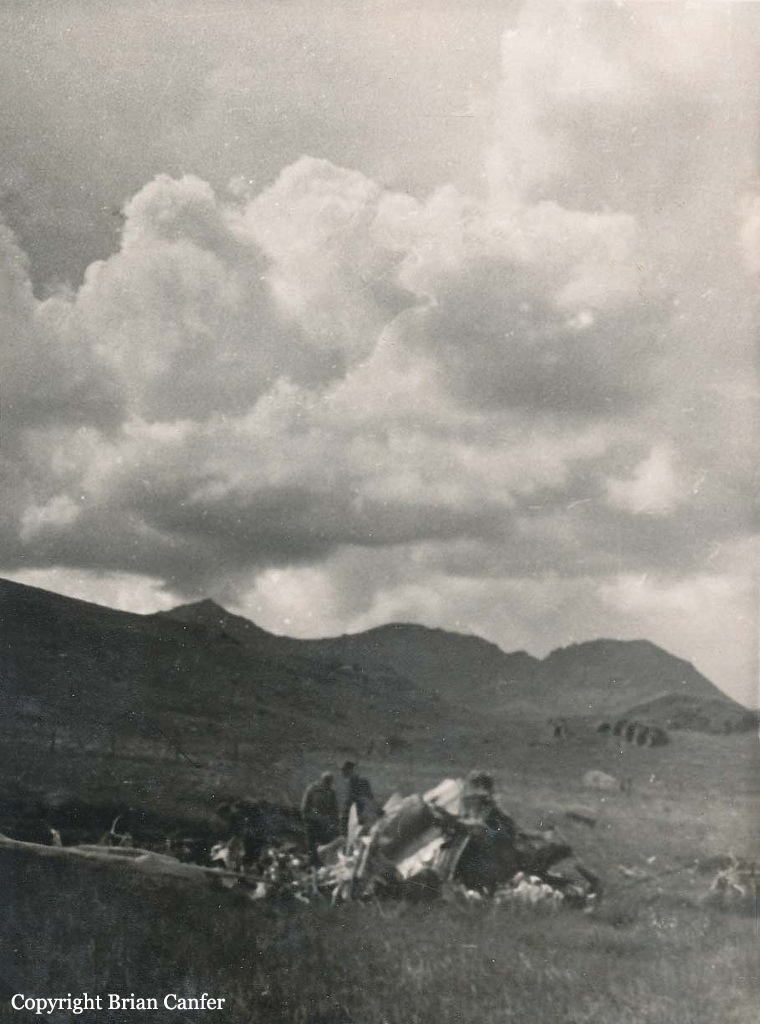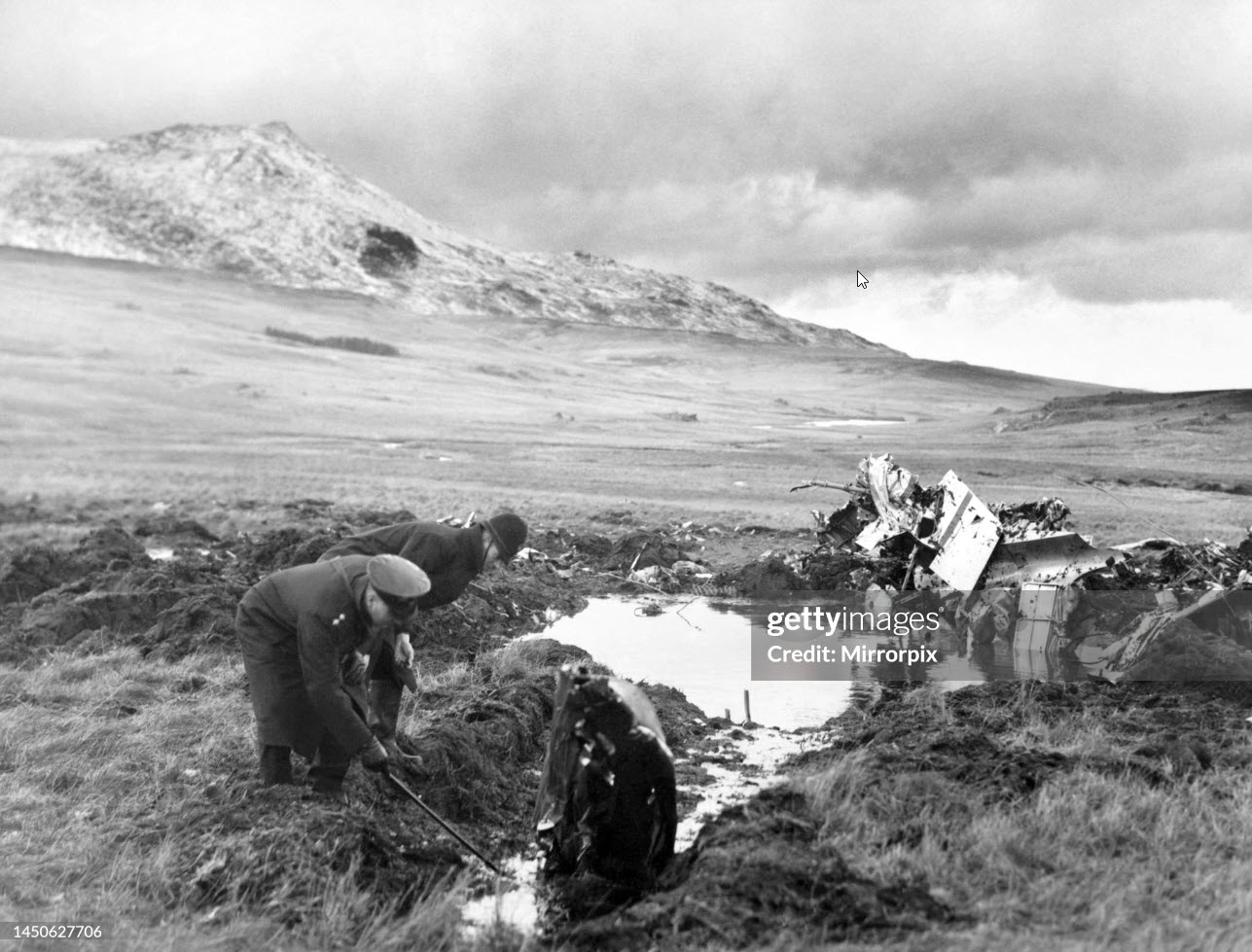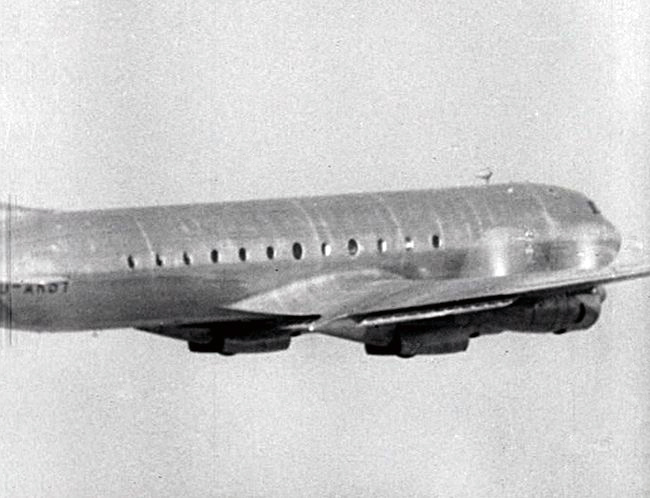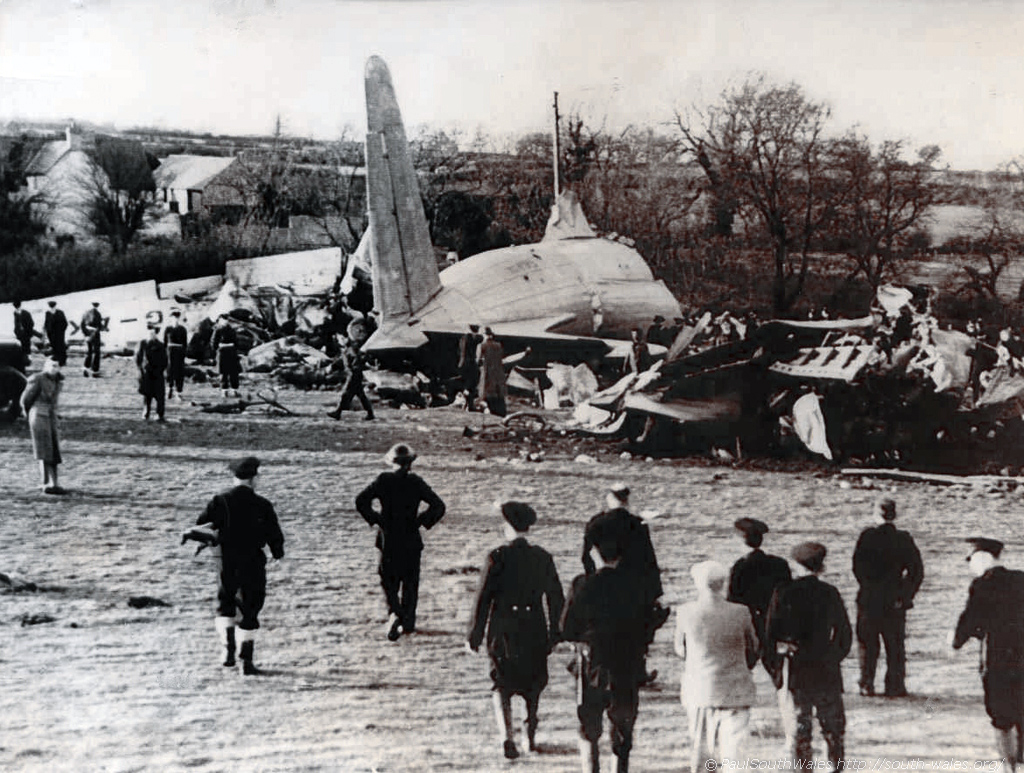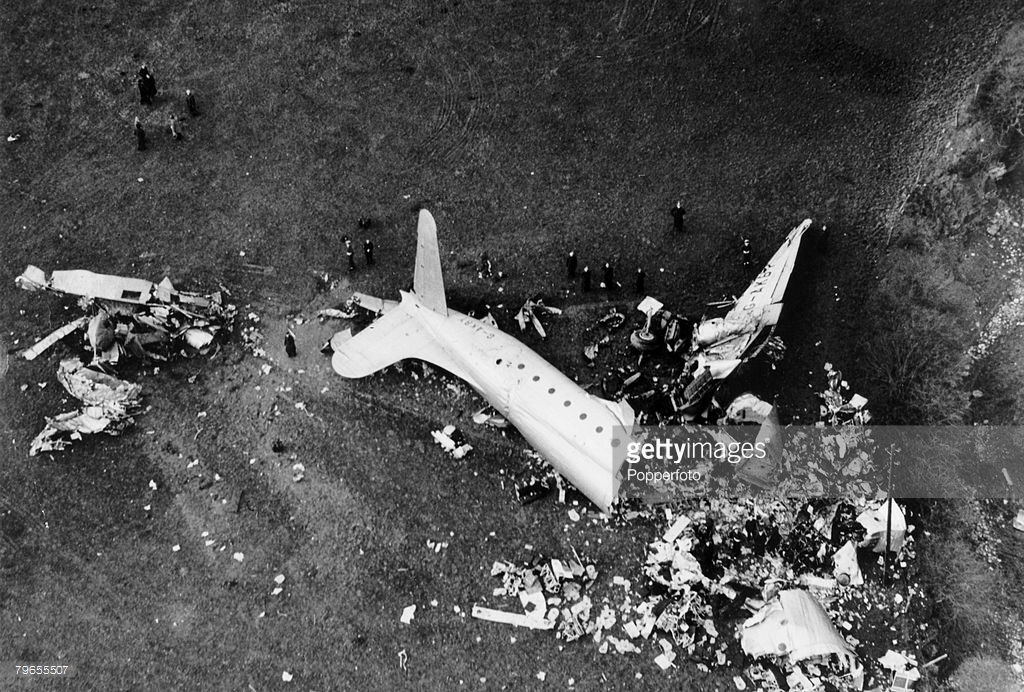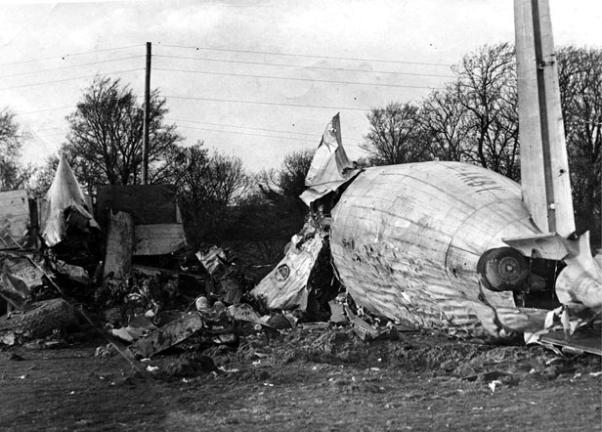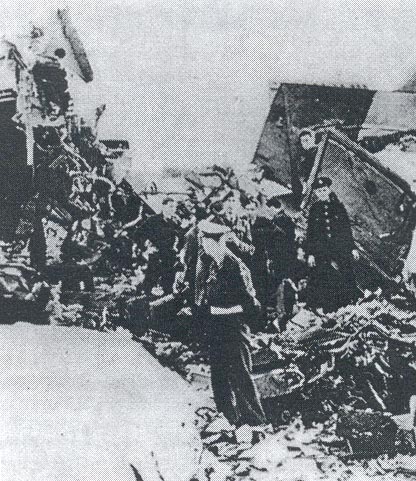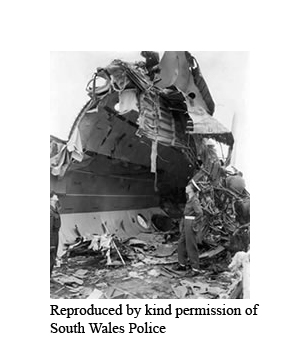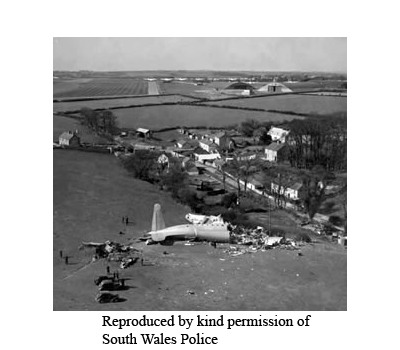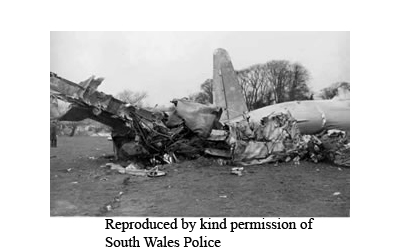Crash of a Vickers 803 Viscount in Ashbourne: 3 killed
Date & Time:
Jun 22, 1967 at 0835 LT
Registration:
EI-AOF
Survivors:
No
Schedule:
Dublin - Dublin
MSN:
176
YOM:
1957
Crew on board:
3
Crew fatalities:
Pax on board:
0
Pax fatalities:
Other fatalities:
Total fatalities:
3
Aircraft flight hours:
17447
Circumstances:
The Viscount had departed Dublin at 06:44 GMT for a pilot conversion training flight on an IFR flight plan. The instructor planned to spend 2 hours in a sector NW of Dublin, followed by practicing circuits and landings for one hour. Eyewitnesses reported seeing the aircraft entering a vertical dive from low altitude. The plane crashed and caught fire. All three crew members were killed.
Source: ASN
Source: ASN
Probable cause:
An unintentional stall and incipient spin at a low altitude from which recovery was not possible. There is not enough evidence to determine the circumstances leading to the stall and incipient spin but the behaviour of the aircraft in the final stages was such as to indicate that it was not under control of the flight instructor.




